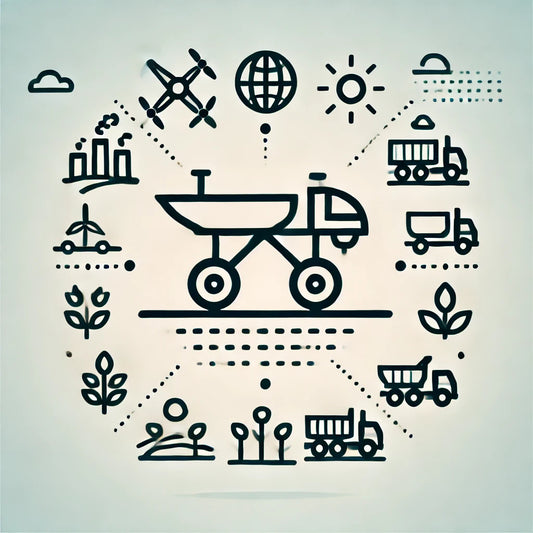-
DESCRIPTION
-
TABLE OF CONTENTS
-
SAMPLE PAGE
-
SAMPLE DOSSIER
Integrating smart sensors within the fabric of industrial automation systems represents a transformative paradigm shift, encapsulating the convergence of cutting-edge technologies to augment operational efficiency, enhance safety protocols, and facilitate data-driven decision-making. The fundamental underpinning of this evolution lies in the progressive transition from conventional sensing mechanisms to sophisticated, interconnected smart sensors. These intelligent devices, equipped with advanced functionalities, are instrumental in revolutionizing the landscape of industrial processes, offering unprecedented insights and control mechanisms.
The imperative significance of smart sensors in industrial automation stems from their pivotal role in orchestrating a synchronized interplay of information, communication, and automation. These sensors, adept at real-time data acquisition and processing, optimize manufacturing processes, predict maintenance strategies, and orchestrate complex industrial workflows. Against the backdrop of an ever-evolving technological milieu, integrating smart sensors aligns with the tenets of Industry 4.0. It embodies a critical catalyst for the ongoing digital transformation of industrial ecosystems.
Chapter I. Introduction 6
A. Background and Significance of Smart Sensors in Industrial Automation 8
B. Significance in Industrial Automation: 9
C. Purpose and Scope of the Report 11
Chapter II. Evolution of Smart Sensors 13
A. Overview of the Historical Development of Smart Sensors 16
Chapter III. Trends and Drivers in Industrial Automation 19
A. Current Trends in Industrial Automation and Their Impact on Smart Sensor Usage 19
B. Key Drivers Influencing the Adoption of Smart Sensors in Industrial Automation 20
A. Current Trends in Industrial Automation and Their Impact on Smart Sensor Usage 22
B. Key Drivers Influencing the Adoption of Smart Sensors in Industrial Automation 24
Chapter IV. Technological Advances in Smart Sensors 27
A. Miniaturization and Integration of Multiple Sensing Capabilities 27
B. Edge Computing and Analytics in Smart Sensors 28
C. Energy Harvesting and Battery Efficiency Improvements 29
A. Miniaturization and Integration of Multiple Sensing Capabilities 30
B. Edge Computing and Analytics in Smart Sensors 31
C. AI and ML Integration for Autonomous Decision-Making 33
D. Energy Harvesting and Battery Efficiency Improvements 35
Chapter V. Internet of Things (IoT) Integration 38
A. Role of Smart Sensors in the IoT Ecosystem 40
B. Benefits and Challenges of Integrating Smart Sensors with IoT Platforms 42
C. Case Studies Showcasing Successful IoT Integration with Smart Sensors 45
Chapter VI. Applications of Smart Sensors in Industrial Automation 47
A. Monitoring and Control of Manufacturing Processes 51
B. Predictive Maintenance and Condition Monitoring 54
C. Safety and Environmental Monitoring 57
D. Robotics and Collaborative Automation 60
Chapter VII. Data Analytics and Insights 64
A. Advanced Analytics Techniques for Deriving Actionable Insights from Smart Sensor Data 67
B. Real-time Monitoring, Anomaly Detection, and Predictive Analytics 70
C. Integration of Smart Sensors with Cloud-Based Analytics Platforms 73
Chapter VIII. Connectivity and Communication Technologies 76
A. Wireless Communication Protocols for Smart Sensors 80
B. 5G and LPWANs for Seamless Connectivity in Industrial Automation 83
C. Cybersecurity Considerations for Connected Smart Sensors 87
Chapter IX. Challenges and Future Directions 90
A. Addressing Interoperability and Standardization Challenges 95
B. Ethical Considerations in the Use of Smart Sensors in Industrial Automation 100
C. Emerging Research and Development Areas for Smart Sensors 105
Chapter X. Conclusion 111
A. Summary of the Key Findings and Insights 114
B. Implications for the Future of Smart Sensors in Industrial Automation 117
C. Recommendations for Industry Stakeholders and Researchers 122
Notes and Resources 126





